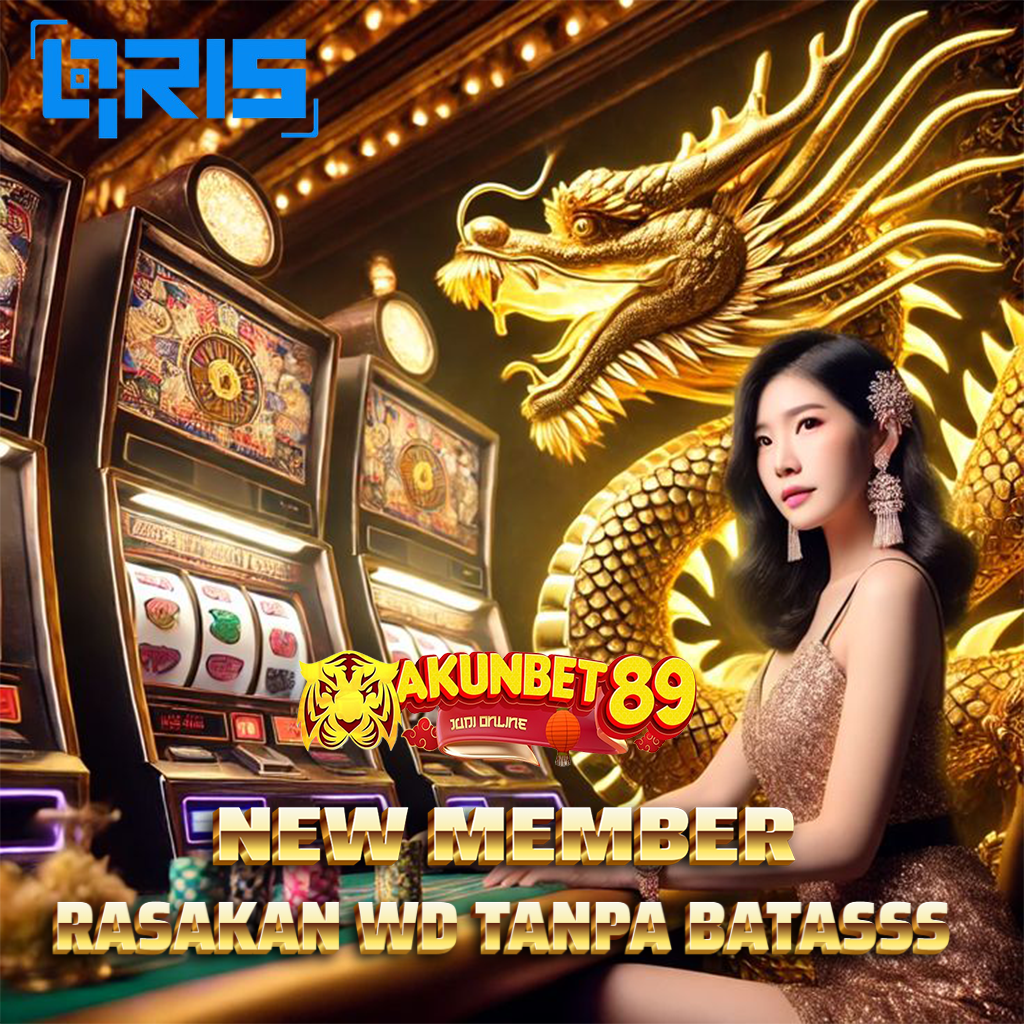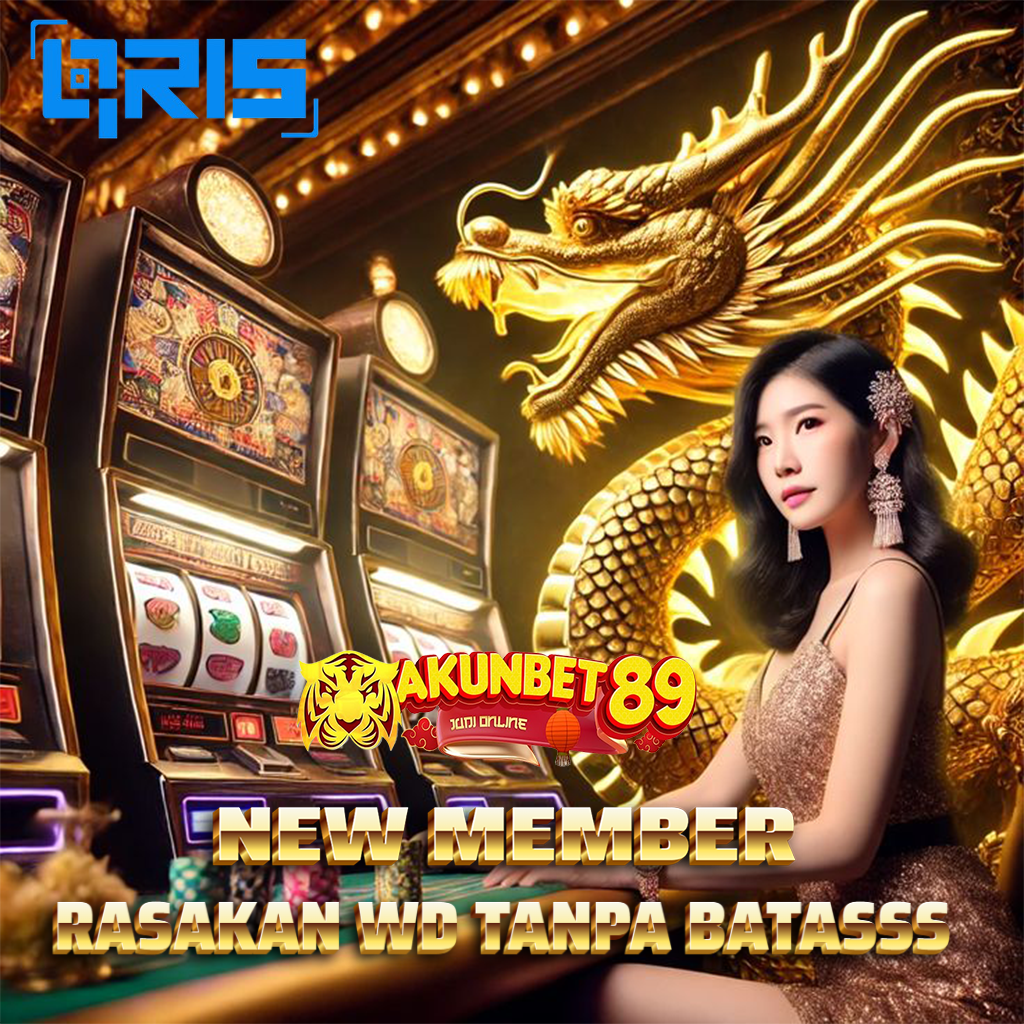Permainan Slot Online Terbaik Tahun Ini
Harga: Rp 20,000+
Normal: Rp 100,000+
Diskon segera berahir 21:15:26
AKUNBET89 # Trusted Premium Platform for Modern Slot Entertainment
AKUNBET89 adalah situs slot online yang sudah sangat terpercaya yang menyediakan situs slot mahjong ways minimal bet 200 perak per putaran yang stabil dengan fitur canggih membuat mudah menang hari ini.
| Nama Situs | AKUNBET89 |
|---|---|
| FITUR | Buy Spin, Scatter Hitam, Wild Gacor |
| Minimal Deposit | 20 Ribu Rupiah |
| Platform | Pragmatic Play, No Limit City & PG Soft |
| Game | Wild Bandito, Lucky Neko, Gates Of Olympus, Starlight Princess |
Star Seller
Star Sellers have an outstanding track record for providing a great customer experience—they consistently earned 5-star reviews, shipped orders on time, and replied quickly to any messages they received.
-
1. Enter Name/Text
2. Color of Yarn (Default color is white yarn if none selected)
*This is oversized jumper, select one size smaller for a more fitting look0/1024
You can only make an offer when buying a single item
Star Seller. Penjual ini secara konsisten mendapatkan ulasan bintang 5, mengirim tepat waktu, dan membalas dengan cepat setiap pesan yang mereka terima.
Highlights
AKUNBET89 situs slot mahjong ways black scatter yang mudah mendapatkan scatter dengan deposit yang minimal dapat mendapatkan kemenangan maksimal hanya di sini kita berikan kenyaman dan kepercayaan untuk kamu yang ingin mendapatkan maxwin hari ini.
-
Pesan hari ini dan akan tiba pada: Sep 21-28
Jika anda bermain game online gratis Wild AKUNBET89 di AKUNBET89sudah pasti mudah dimainkan dan cepat menggunakan akun demo x500 terlengkap plus Anda berhak juga mendapatkan hadiah tambahan yang ekslusif hari ini.
-
Pengembalian dan penukaran tidak diterima
Namun, silakan hubungi saya jika Anda memiliki masalah dengan pesanan Anda
-
Cost to ship: Rp 1,100
-
Ships from: Indonesia
There was a problem calculating your shipping. Please try again.
AKUNBET89 Perlindungan Pembelian
Bermain dengan percaya diri di AKUNBET89 dan nikmati setiap permainan favorit Anda secara gratis menggunakan akun demo gacor saja dan akses cepat tanpa hambatan.
see program terms
Captcha failed to load. Try using a different browser or disabling ad blockers.
4.9 out of 5
(55.4k reviews)
All reviews are from verified buyers
Maxwin di AKUNBET89 beneran clean — gak ada edit hasil. Tadi bet 200 → x1050 pas RTP harian update jam 19.00 (96.8%). WD langsung, gak pake klarifikasi.
Ada fitur “RTP & Pola Harian” di menu utama — hari ini pola 3 wild di reel 1–3 sering trigger maxwin. CS bales chat <30 detik, bantu atur limit game juga.
Modal 30rb, main slot maxwin bet 200 → WD 720rb dalam 20 menit. Transparansi data beneran kelihatan: history spin & payout real-time bisa dicek. Auto fav.
Server stabil, gak pernah lag meski peak jam 21.00. Fitur Win Log bantu pantau pola pribadi. Jackpot 2026 udah mulai keluar — tadi dapet mini maxwin 4,2jt. Recomended.
Photos from reviews

This seller usually responds within 24 hours.
Smooth shipping Has a history of shipping on time with tracking.
Speedy replies Has a history of replying to messages quickly.
Rave reviews Average review rating is 4.9 or higher.
Disclaimer: Artikel ini dibuat untuk tujuan informasi dan hiburan semata. AKUNBET89 Platform situs toto slot 4d terpecaya dengan provider PG SOFT populer. Nikmati permainan toto slot terlengkap dengan hadiah terbsar.





